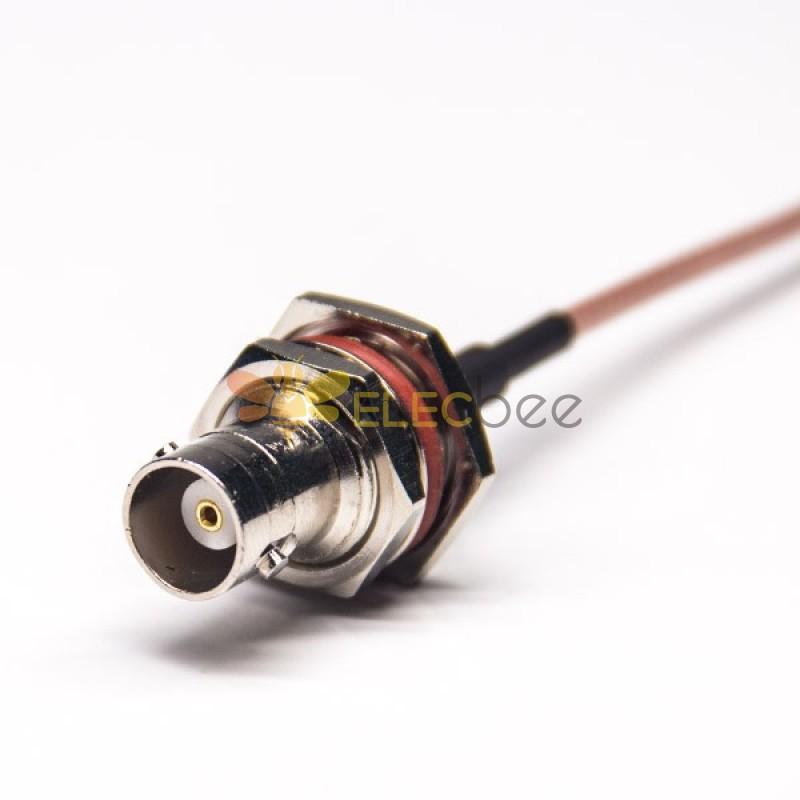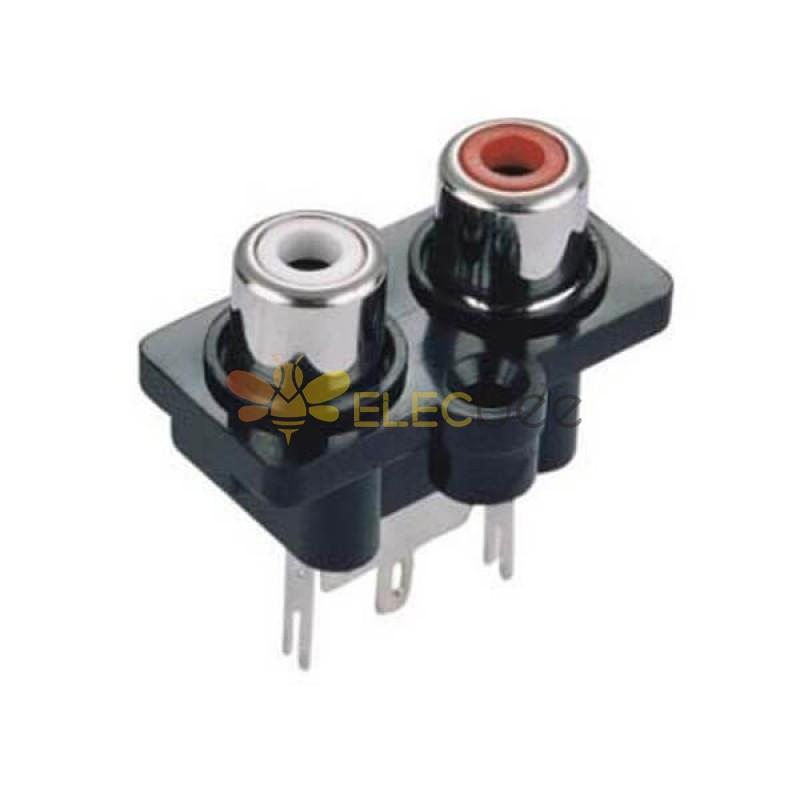La respuesta corta es sí, es posible empalmar unCable BNCen unacable rca, pero hay algunas consideraciones importantes y desafíos potenciales a tener en cuenta. En este artículo, exploraremos las diferencias técnicas entre los conectores BNC y RCA, discutiremos el proceso de empalme de cables y brindaremos algunas pautas para garantizar un trabajo de empalme exitoso.
Comprender los conectores BNC y RCA
Antes de profundizar en los detalles de los cables de empalme, es importante comprender las diferencias entre los conectores BNC y RCA, así como los tipos de señales para los que están diseñados.
Los conectores BNC (Bayoneta Neill-Concelman) están diseñados para transmitir señales analógicas de alta frecuencia, típicamente en el rango de 0-4 GHz. Se utilizan comúnmente en aplicaciones de video profesional, como transmisiones de televisión, cámaras de seguridad y equipos de imágenes médicas. Los conectores BNC tienen un mecanismo de acoplamiento roscado que brinda una conexión segura y confiable, y son conocidos por su excelente calidad de señal y resistencia a las interferencias.

Los conectores RCA (Radio Corporation of America), por otro lado, están diseñados para transmitir señales analógicas de baja frecuencia, típicamente en el rango de 0-1 MHz. Se usan comúnmente en productos electrónicos de consumo, como reproductores de DVD, consolas de juegos y sistemas de cine en casa. Los conectores RCA tienen un diseño plug-and-jack simple que es fácil de usar, pero son más susceptibles a las interferencias y la degradación de la señal que los conectores BNC.

Empalme de cables BNC y RCA
Para empalmar un cable BNC en un cable RCA, necesitará algunas herramientas y materiales básicos, que incluyen:
- AConector BNC
- Aconector rca
- Apelacables
- un soldador
- Soldar
- Tubo termoretráctil
- Cinta eléctrica
Estos son los pasos básicos para empalmar los cables:
- 1. Pele los extremos de ambos cables con el pelacables, dejando al descubierto los conductores internos y el blindaje.
- 2. Deslice un trozo de tubo termorretráctil sobre el cable BNC, para que luego cubra el área de empalme.
- 3. Inserte el conductor interno del cable BNC en el pin central del conector BNC y suéldelo en su lugar. Luego, inserte el cable blindado en el conector y suéldelo al anillo exterior.
- 4. Inserte el conductor interno del cable RCA en el pin central del conector RCA y suéldelo en su lugar. Luego, inserte el cable blindado en el conector y suéldelo al anillo exterior.
- 5. Deslice el tubo termocontraíble sobre el área de empalme y use una pistola de aire caliente o un encendedor para encogerlo y asegurar la conexión. Tenga cuidado de no sobrecalentar los tubos o los cables.
- 6. Envuelva el área de empalme con cinta aislante para proporcionar protección y aislamiento adicionales.
Desafíos y Consideraciones
Si bien el empalme de cables BNC y RCA es técnicamente posible, existen algunos desafíos potenciales y consideraciones a tener en cuenta.
En primer lugar, la impedancia de los conectores BNC y RCA es diferente, lo que puede causar pérdida y degradación de la señal cuando se empalman. Para minimizar este problema, se recomienda utilizar un adaptador BNC a RCA de alta calidad en lugar de empalmar los cables directamente.
En segundo lugar, los cables BNC suelen ser más gruesos y rígidos que los cables RCA, lo que puede dificultar el empalme. Asegúrese de tener las herramientas y los materiales adecuados y tómese su tiempo para garantizar una conexión segura y confiable.
Finalmente, es importante tener en cuenta que el empalme de cables puede anular la garantía de su equipo y es posible que no se permita en ciertos entornos profesionales. Siempre consulte las pautas y mejores prácticas del fabricante antes de intentar empalmar cables.
En conclusión, empalmar un cable BNC a un cable RCA es posible con las herramientas y técnicas adecuadas, pero no siempre es la mejor solución para transmitir señales de video. Si es posible, se recomienda utilizar un adaptador o convertidor de alta calidad para garantizar la mejor calidad y confiabilidad de la señal. Sin embargo, si necesita empalmar cables, asegúrese de seguir las pautas y las mejores prácticas descritas en este artículo para garantizar un trabajo de empalme exitoso y seguro.






